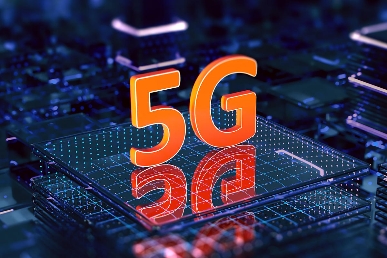
The “Golden Triangle” of 5G technology typically refers to the three key components that underpin the successful implementation and operation of 5G networks. These components are:
Spectrum: This is the range of radio frequencies used for wireless communication. 5G networks rely on various spectrum bands, including low-band, mid-band, and high-band (or millimeter wave).



Each band has its advantages and disadvantages in terms of coverage, speed, and latency. Efficient use of spectrum is crucial for maximizing the performance and reach of 5G networks.
Infrastructure: This encompasses the physical components required to support 5G networks, including cell towers, small cells, fiber optics, and backhaul connections. The infrastructure must be significantly denser than that of previous generations to support the high data rates and low latency that 5G promises. The deployment of this infrastructure also involves overcoming regulatory, logistical, and technological challenges.
Devices and Applications: The success of 5G technology is also dependent on the availability of devices that can utilize the network (e.g., smartphones, IoT devices, and autonomous vehicles) and the development of applications that leverage 5G capabilities. This includes advancements in areas such as augmented reality, virtual reality, smart cities, and automated industries. The ecosystem must foster innovation to create impactful and user-friendly applications that can drive adoption.
Together, these three components create a synergistic effect that enhances the overall performance and user experience of 5G technology. Effective collaboration between telecommunications companies, device manufacturers, regulators, and application developers is essential to realize the full potential of 5G.


Leave a Reply